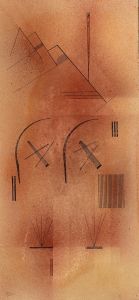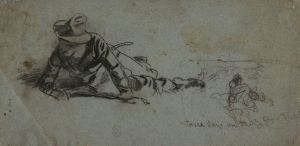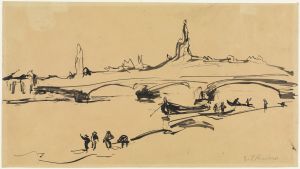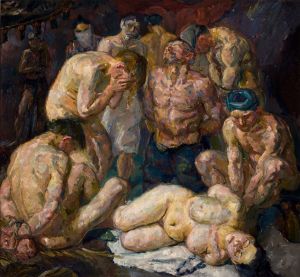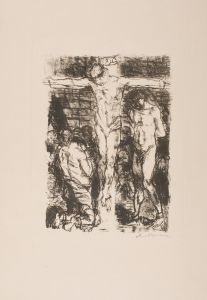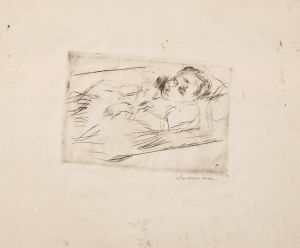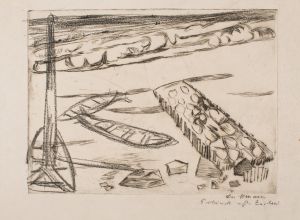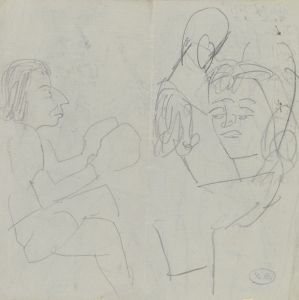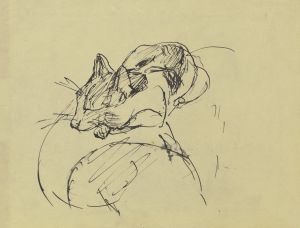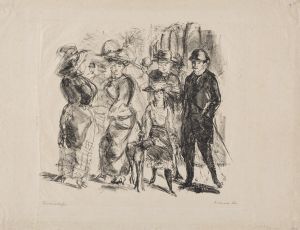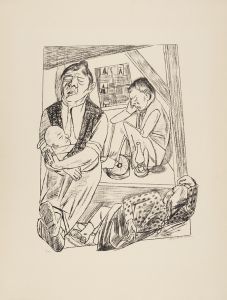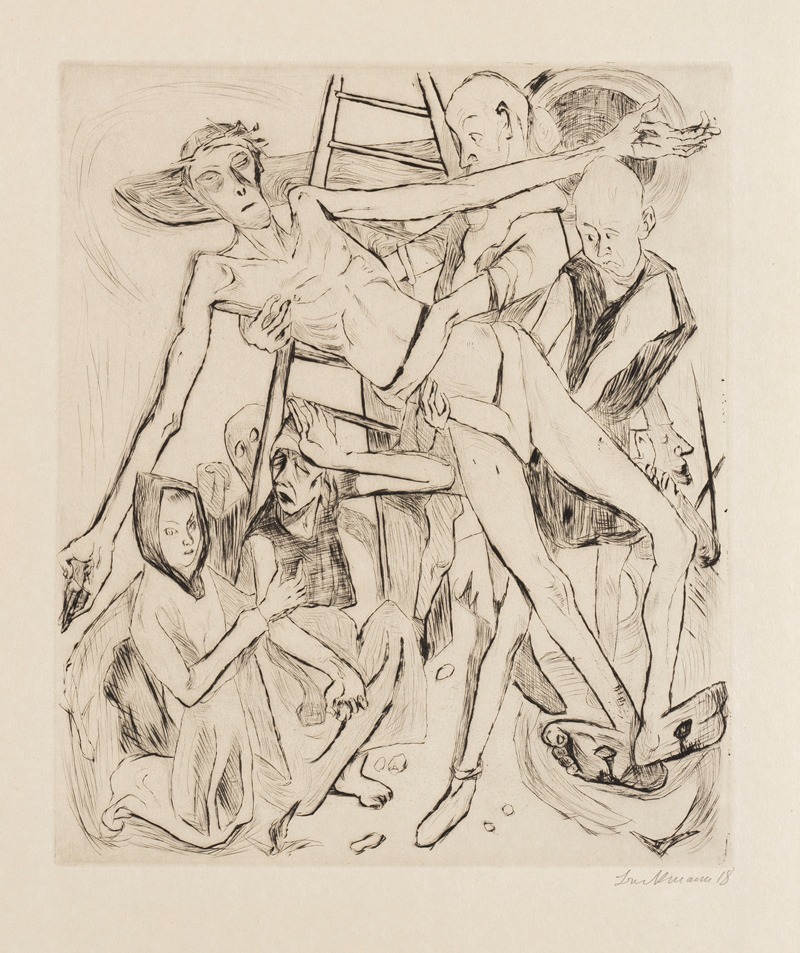
Gesichter Pl.16
A hand-painted replica of Max Beckmann’s masterpiece Gesichter Pl.16, meticulously crafted by professional artists to capture the true essence of the original. Each piece is created with museum-quality canvas and rare mineral pigments, carefully painted by experienced artists with delicate brushstrokes and rich, layered colors to perfectly recreate the texture of the original artwork. Unlike machine-printed reproductions, this hand-painted version brings the painting to life, infused with the artist’s emotions and skill in every stroke. Whether for personal collection or home decoration, it instantly elevates the artistic atmosphere of any space.
Max Beckmann, a prominent German painter and printmaker, created "Gesichter Pl.16" as part of his larger series of works. Beckmann is well-known for his contributions to the Expressionist movement, although he himself rejected the label, preferring to be seen as an independent artist. His work often reflects the tumultuous socio-political landscape of early 20th-century Europe, characterized by its bold forms, intense colors, and complex symbolism.
"Gesichter," which translates to "Faces" in English, is a series that Beckmann worked on during a period of significant personal and political upheaval. The series is known for its exploration of human expression and identity, capturing the psychological depth and existential concerns of the time. "Pl.16" is one of the plates in this series, showcasing Beckmann's distinctive style and thematic focus.
Beckmann's work during this period is marked by a departure from traditional representation, instead opting for a more abstract and fragmented approach. This style is evident in "Gesichter Pl.16," where the figures are depicted with exaggerated features and distorted forms. This method allows Beckmann to convey a sense of emotional intensity and inner turmoil, reflecting the broader anxieties of the era.
The historical context of Beckmann's work is crucial to understanding "Gesichter Pl.16." The early 20th century was a time of great change and instability in Europe, with the aftermath of World War I and the rise of political extremism. Beckmann himself experienced the war firsthand, serving as a medical orderly, which profoundly impacted his worldview and artistic vision. His experiences during the war and the subsequent societal shifts are often mirrored in his art, which frequently grapples with themes of suffering, alienation, and the human condition.
In "Gesichter Pl.16," Beckmann employs a range of printmaking techniques to achieve his desired effects. His use of line, texture, and contrast is particularly notable, contributing to the overall mood and impact of the piece. The figures in the work are rendered with a sense of immediacy and raw emotion, inviting viewers to engage with the psychological complexity of the subjects.
Beckmann's influence extends beyond his immediate contemporaries, as his work continues to resonate with audiences and artists alike. His ability to capture the essence of human experience through his unique visual language has cemented his place in the canon of modern art. "Gesichter Pl.16," like many of Beckmann's works, serves as a testament to his skill as an artist and his deep engagement with the world around him.
Overall, "Gesichter Pl.16" exemplifies Max Beckmann's mastery of form and content, reflecting the broader themes of his oeuvre. Through his innovative approach to printmaking and his exploration of the human psyche, Beckmann offers a powerful commentary on the complexities of identity and existence in a rapidly changing world.







